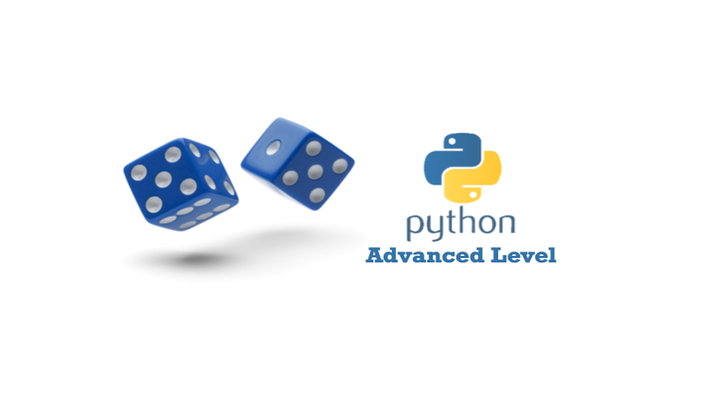
Python: Roll the Dice (Gr. 11-12)
Python Coding: Advanced
Description
In this lesson, students will explore the probability problem of two dice rolling together. Students will create a simulation, calculate the sum of the numbers of two dice each round and the probability of certain results. Students will learn how to create lists to store and read data as well as execute some of the commonly used functions in the random module during this probability experiment.
Objectives
- The concept of the list
- The similarity and difference between the variable and the list
- Use lists to store and modify data
- Use the ‘index()’ method to identify the index of the specified item in the list
- Calculate the probability of rolling two dice through computational modelling
Curriculum Connections Summary
- Ontario - Computer Science
- Quebec - Coming Soon!
- New Brunswick - Coming Soon!
- Nova Scotia - Coming Soon!
- Alberta - Coming Soon!
- British Columbia - Coming Soon!
- Manitoba - Coming Soon!
- Prince Edward Island - Coming Soon!
- Saskatchewan - Coming Soon!
- Newfoundland & Labrador - Coming Soon!
- Yukon Territories - Follow's B.C.'s Curriculum
- Northwest Territories - Follows Alberta's Curriculum
- Nunavut - Follows Alberta's Curriculum
Find Out More

mBlock and Python Coding - The Programming Language of the Future
Python is an interpreted, object-oriented, high-level programming language with dynamic semantics. Python's simple, easy to learn syntax emphasizes readability and therefore reduces the cost of program maintenance. With mBlock, Python supports modules and packages, which encourages program modularity and code reuse. The Python interpreter and the extensive standard library are available in source or binary form.

